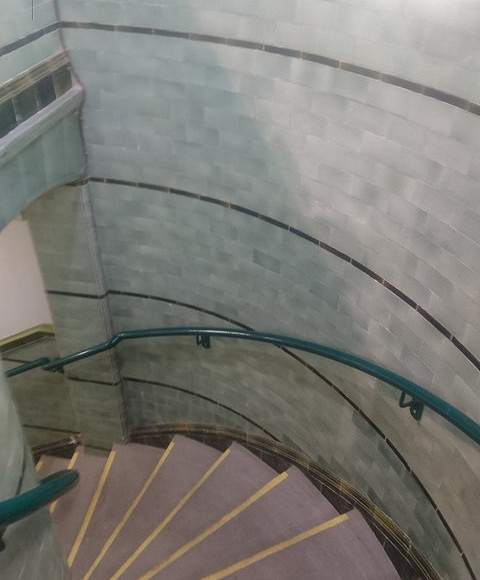After delivering his section of the Interactive Non-Fiction workshop Adrian stayed on as an attendee for the rest of the day.
Part of that looked at how to use Twine, a tool for developing interactive fiction stories, as a way of exploring narratives around data. Dave Mee has built a system to integrate Twine with Node RED which lets you more easily pull live datasets into your stories, opening up a wealth of possibilities for making them interact with the wider (networked) world.
Given our civic interest in planning applications and the knowledge that Paul Furley had build an experimental Liverpool planning application data scraper we decided to build a Twine/Node-RED/Liverpool Council mashup story.
It’s a little “data toy”—not a serious, polished service, but a way to dig into the datasets and play around with an alternative means of surfacing information about the planning applications being made across the city all the time.
The story is quite simple and has two main parts. One is a small exploration of the building where the workshop ran (the lovely Toxteth Library); and then we imagined it housing a planning department hidden in the basement.
When you discover the planning office you find out about a real planning application, plucked at random from Paul’s dataset. Then you’re given the option to vote on whether you think it should be approved or refused, and that will trigger a tweet to the @ToxtethPlanning Twitter account that we created, recording your choice. Then you can sit in on the next planning decision (again chosen at random) or head back upstairs.
We’ve tidied up the system a bit, and deployed it over to Heroku so that you can go and try it out at planning.mcqn.com.

